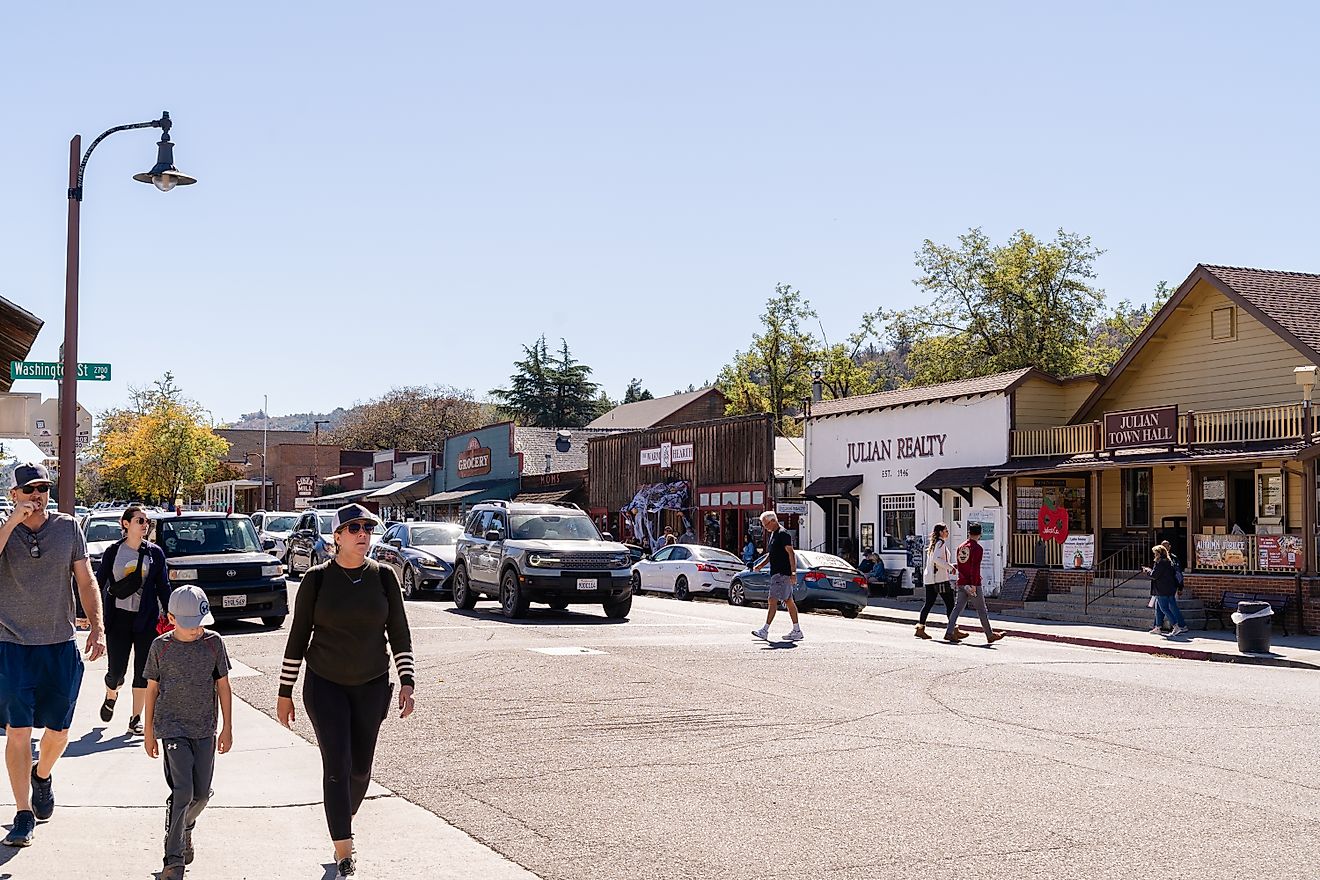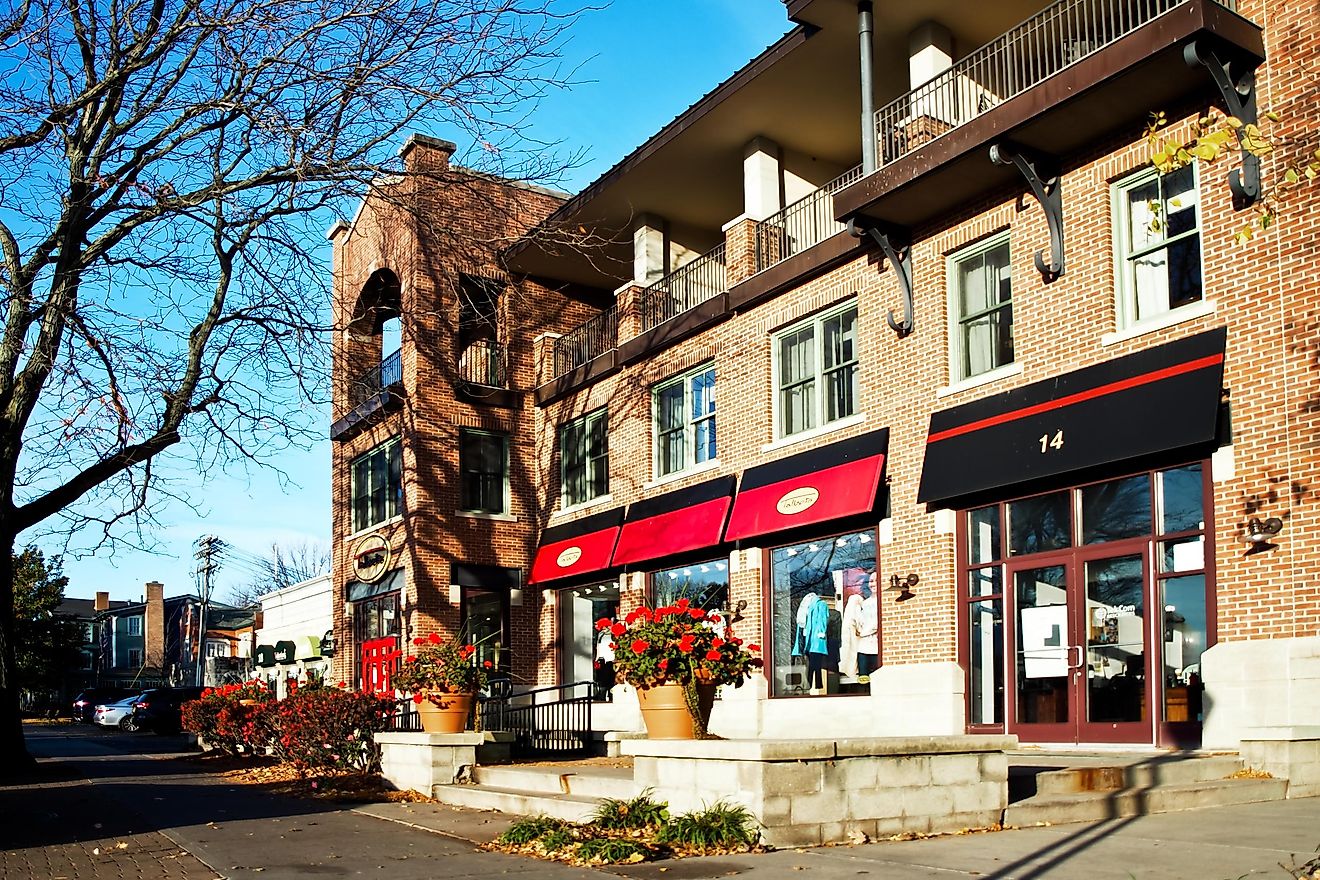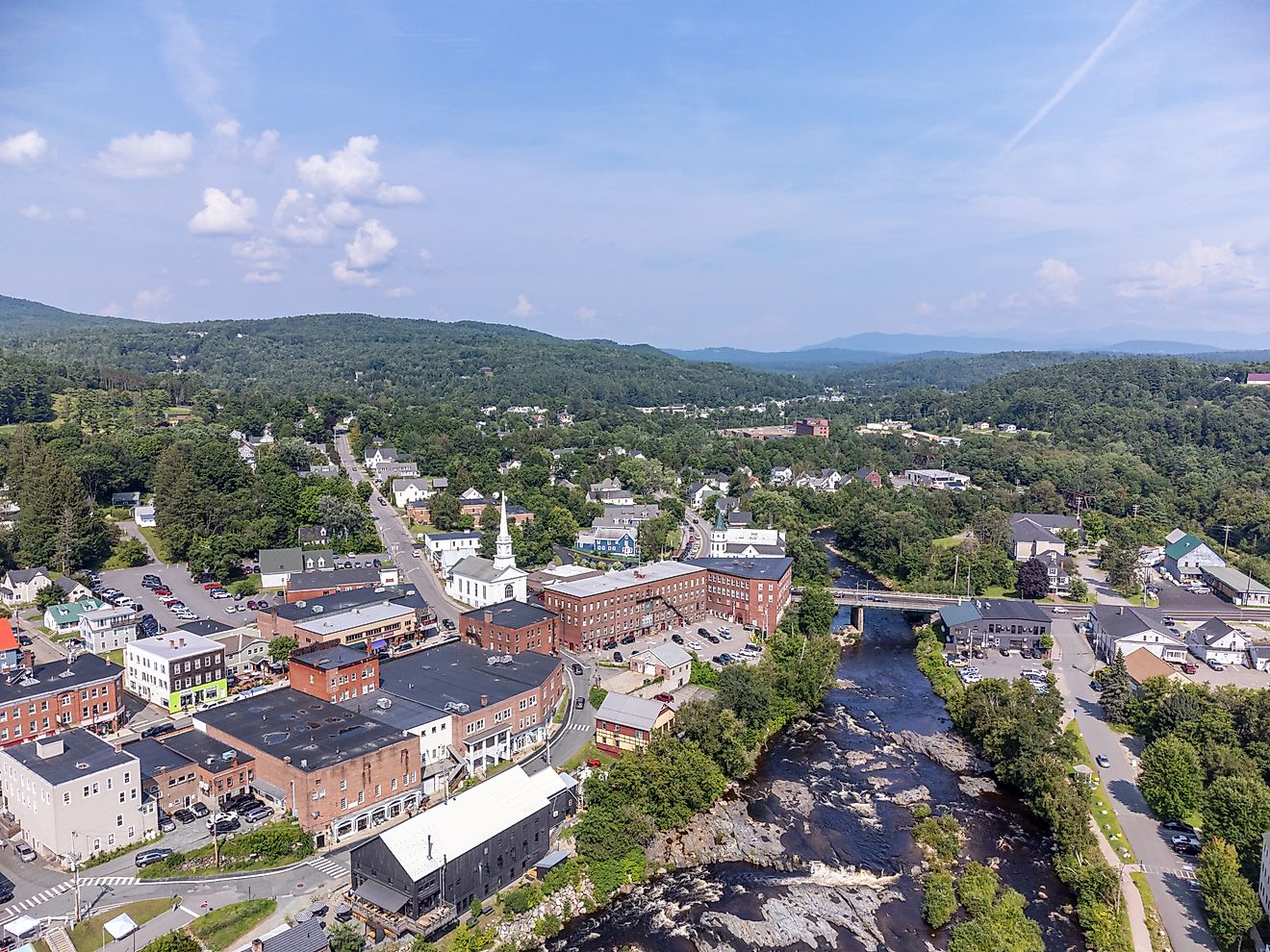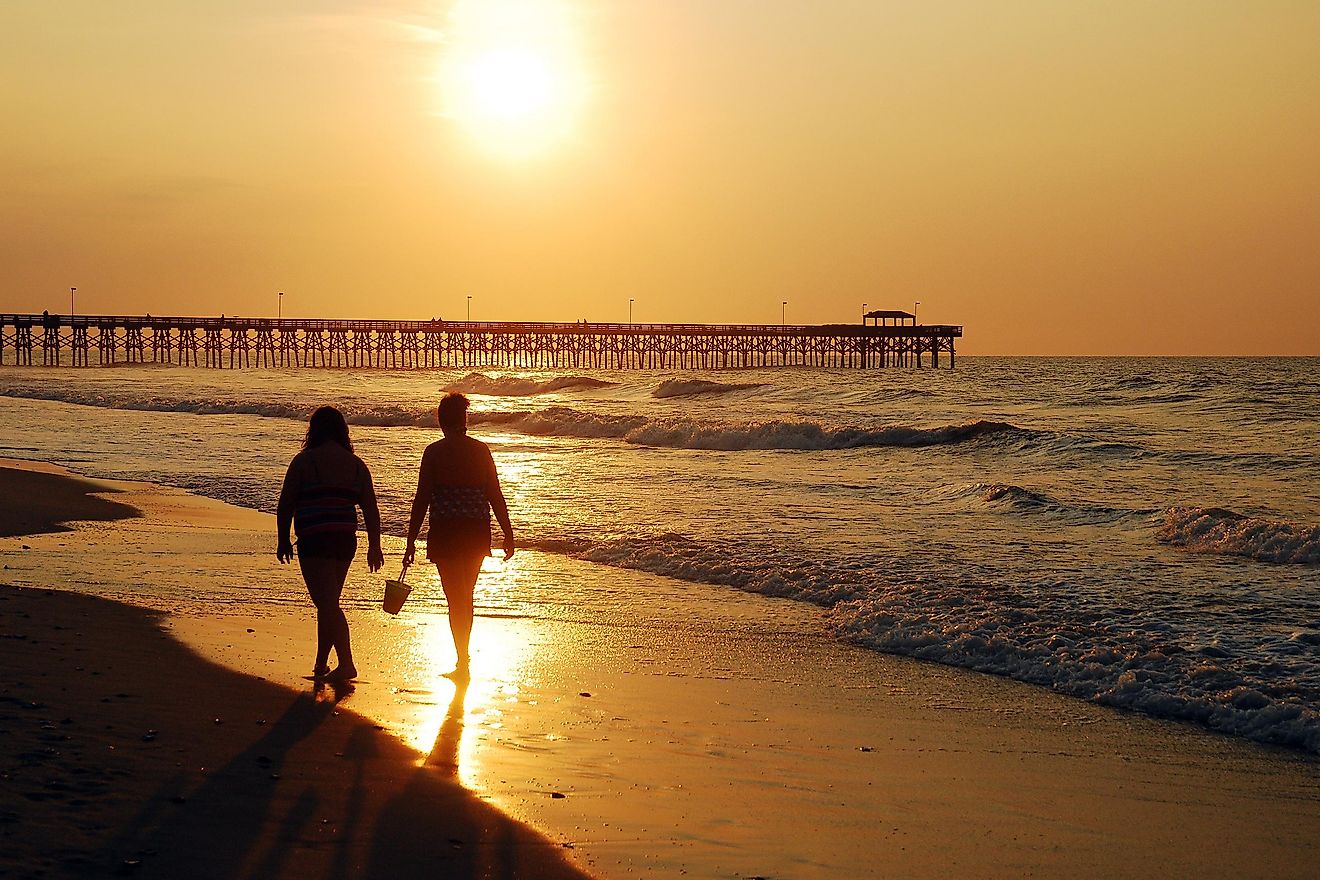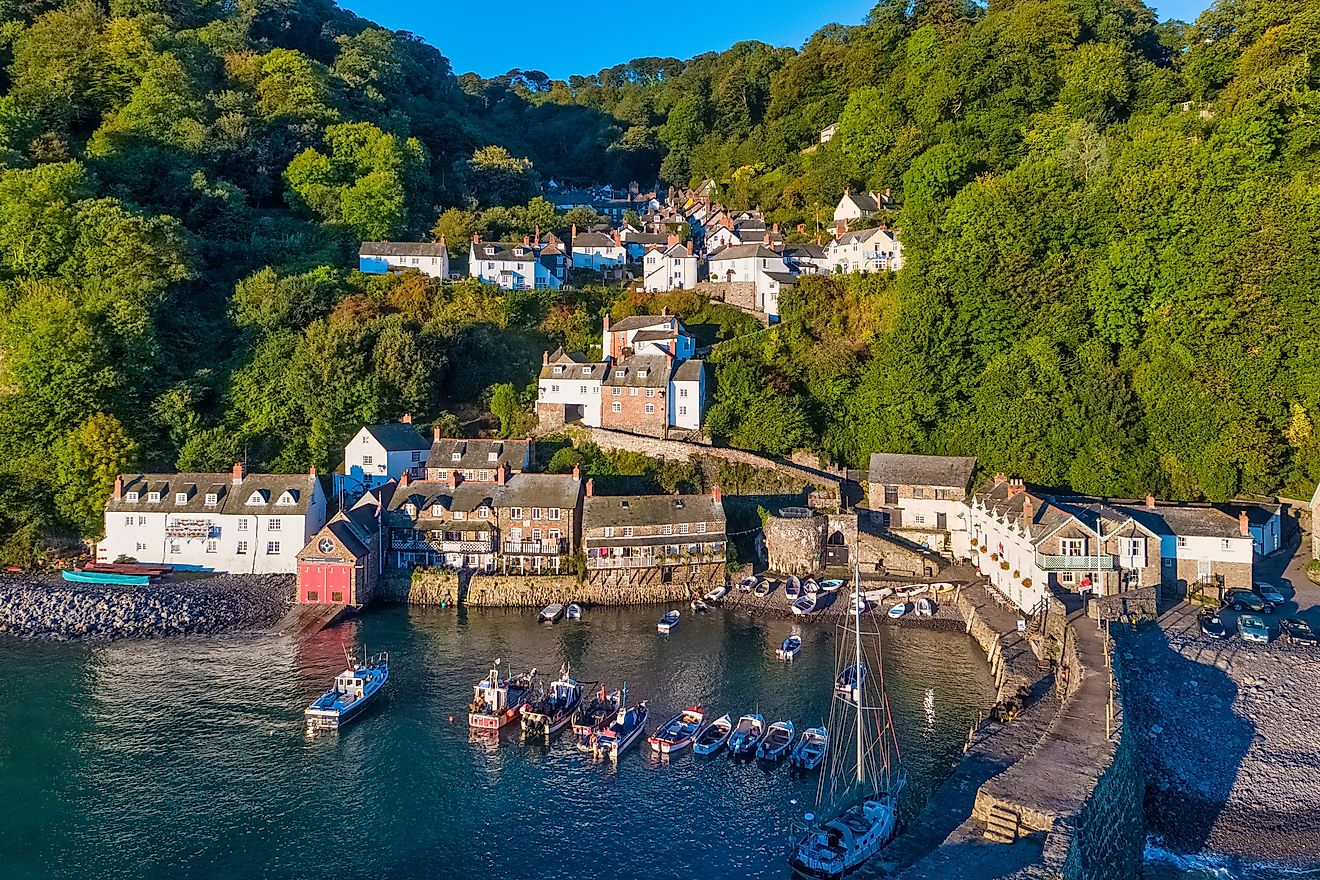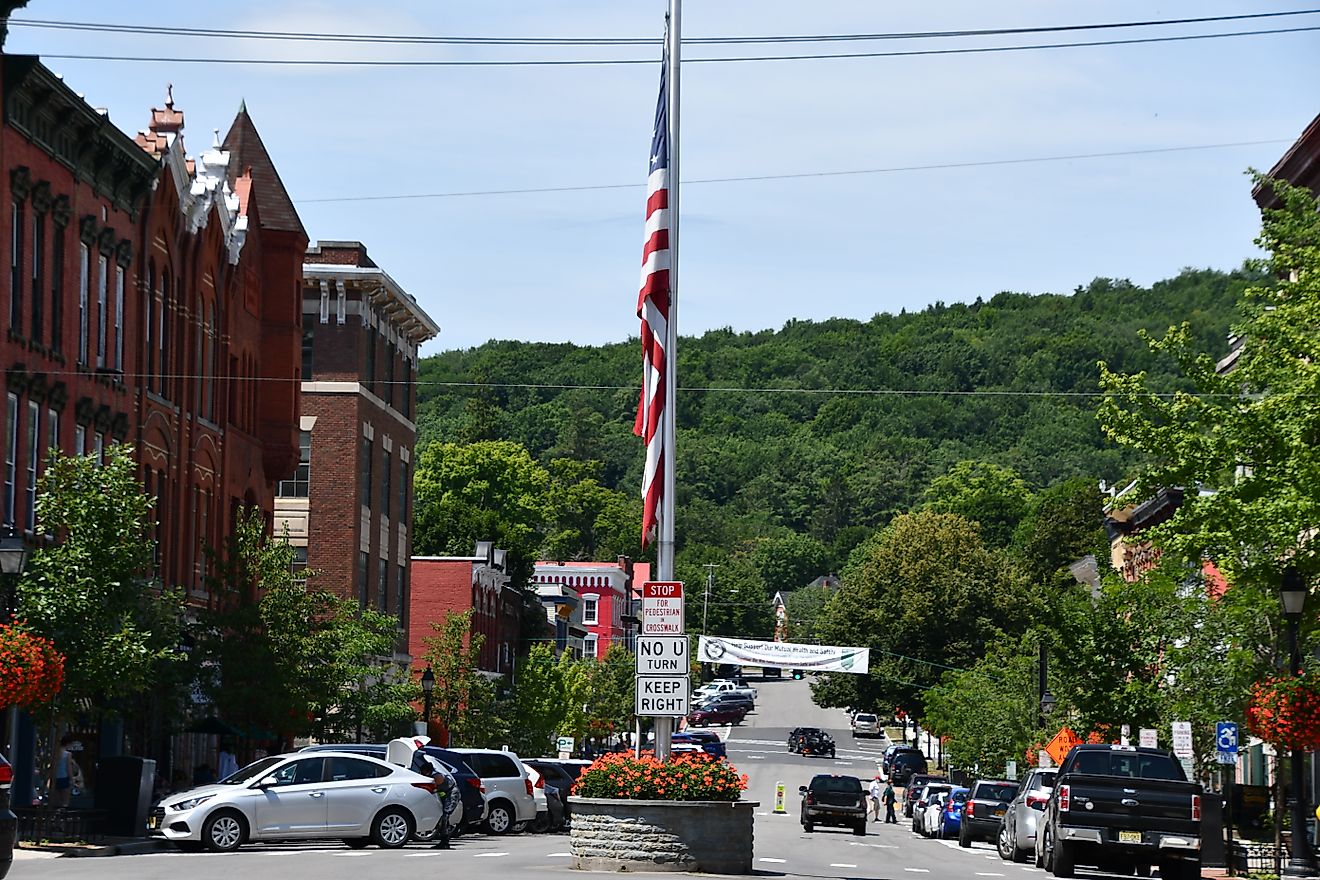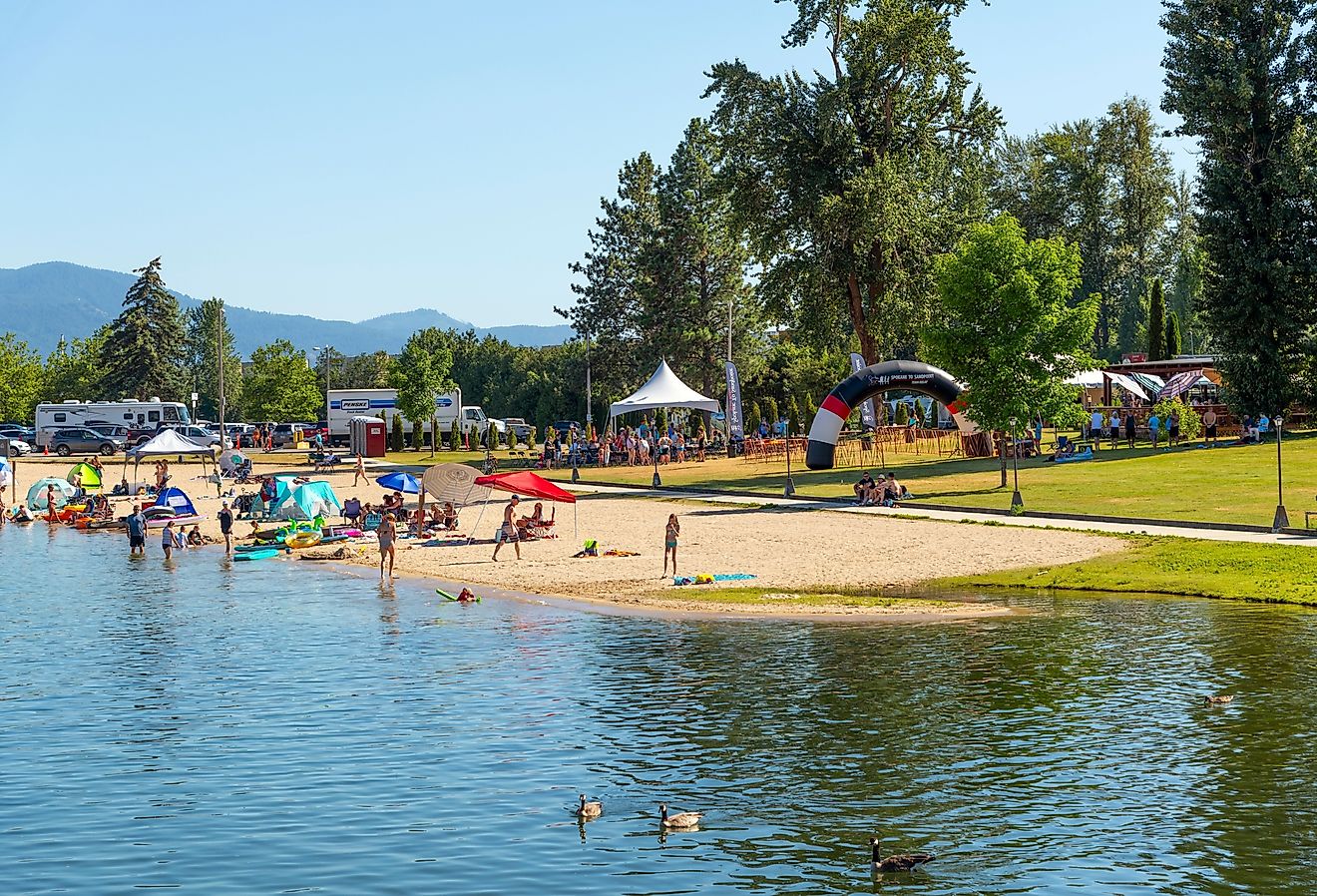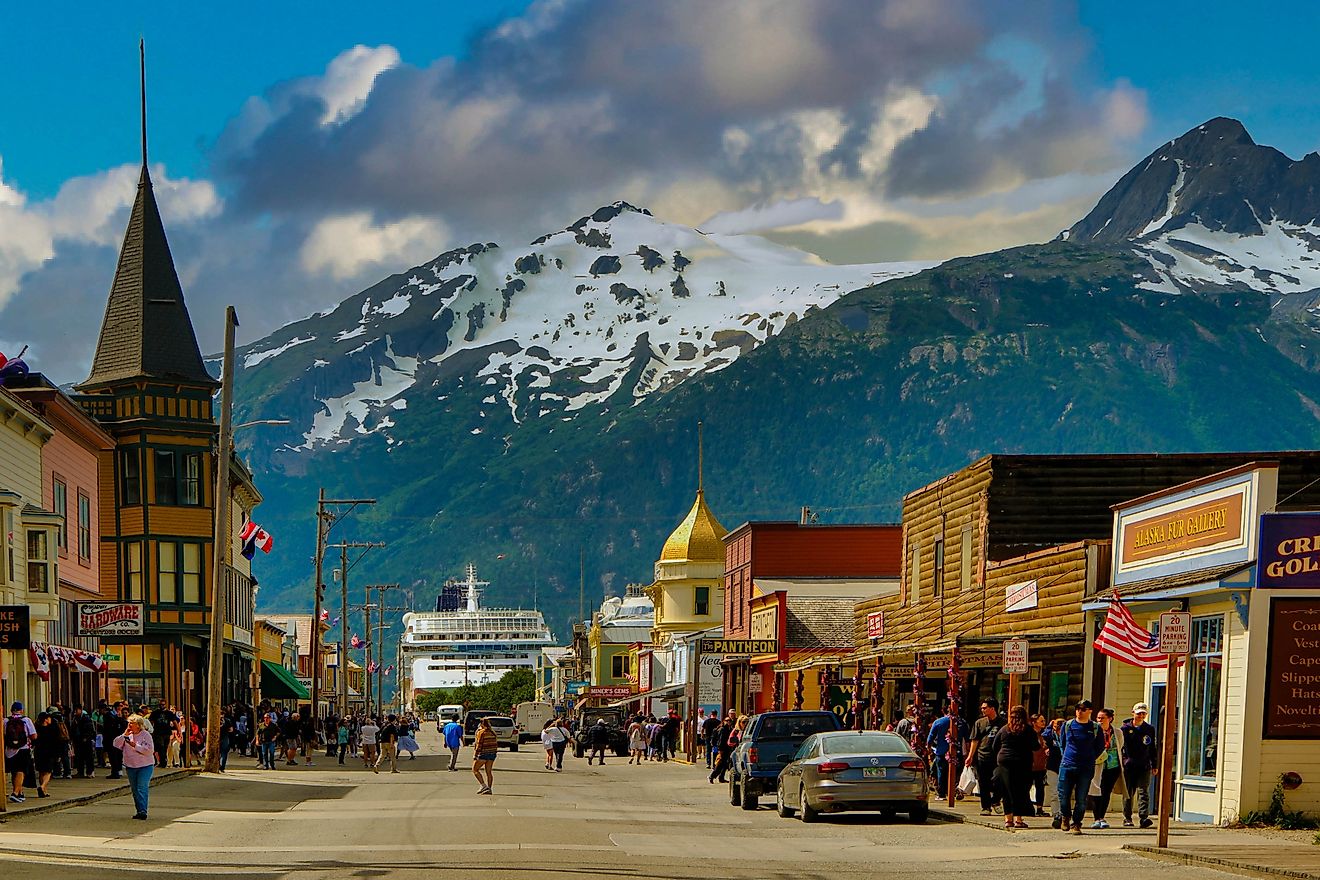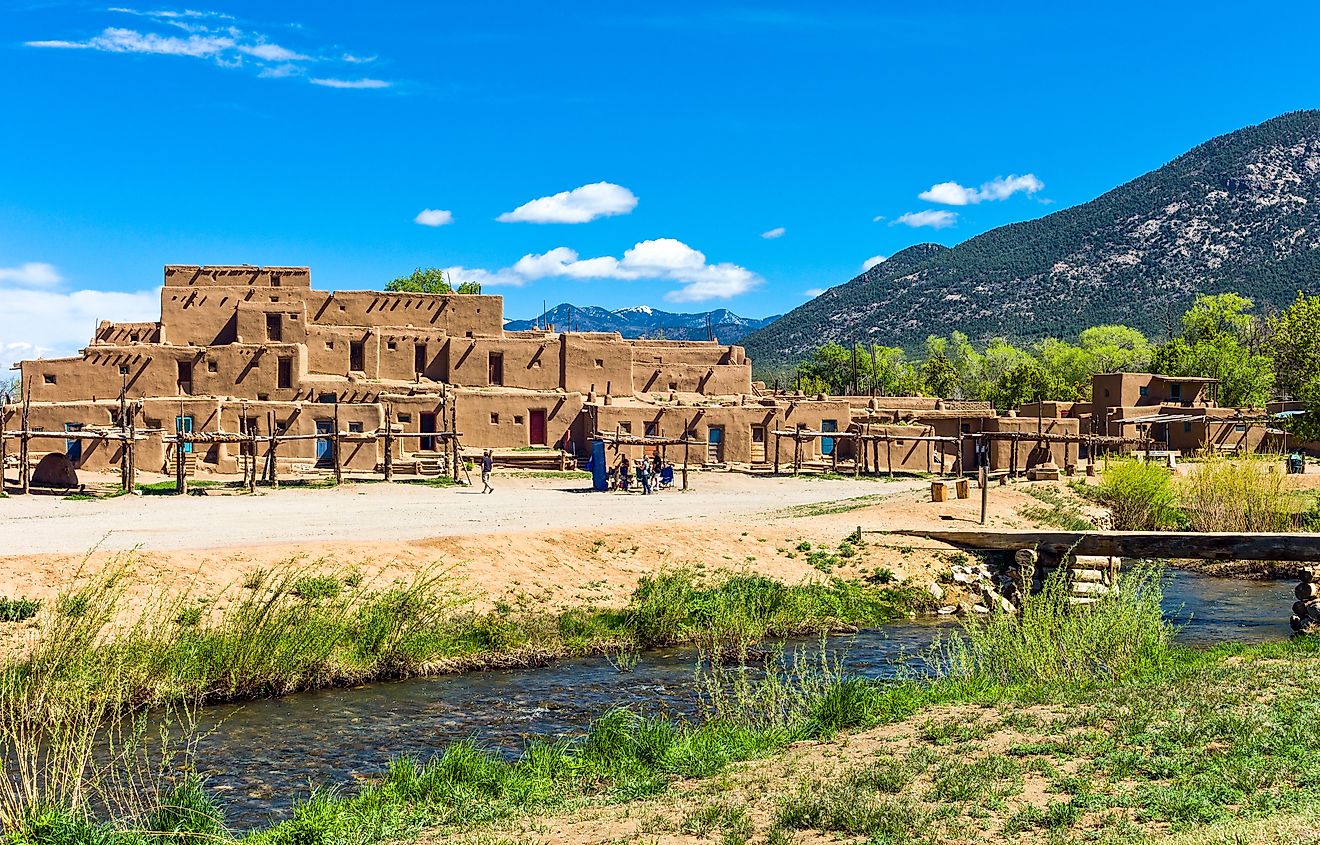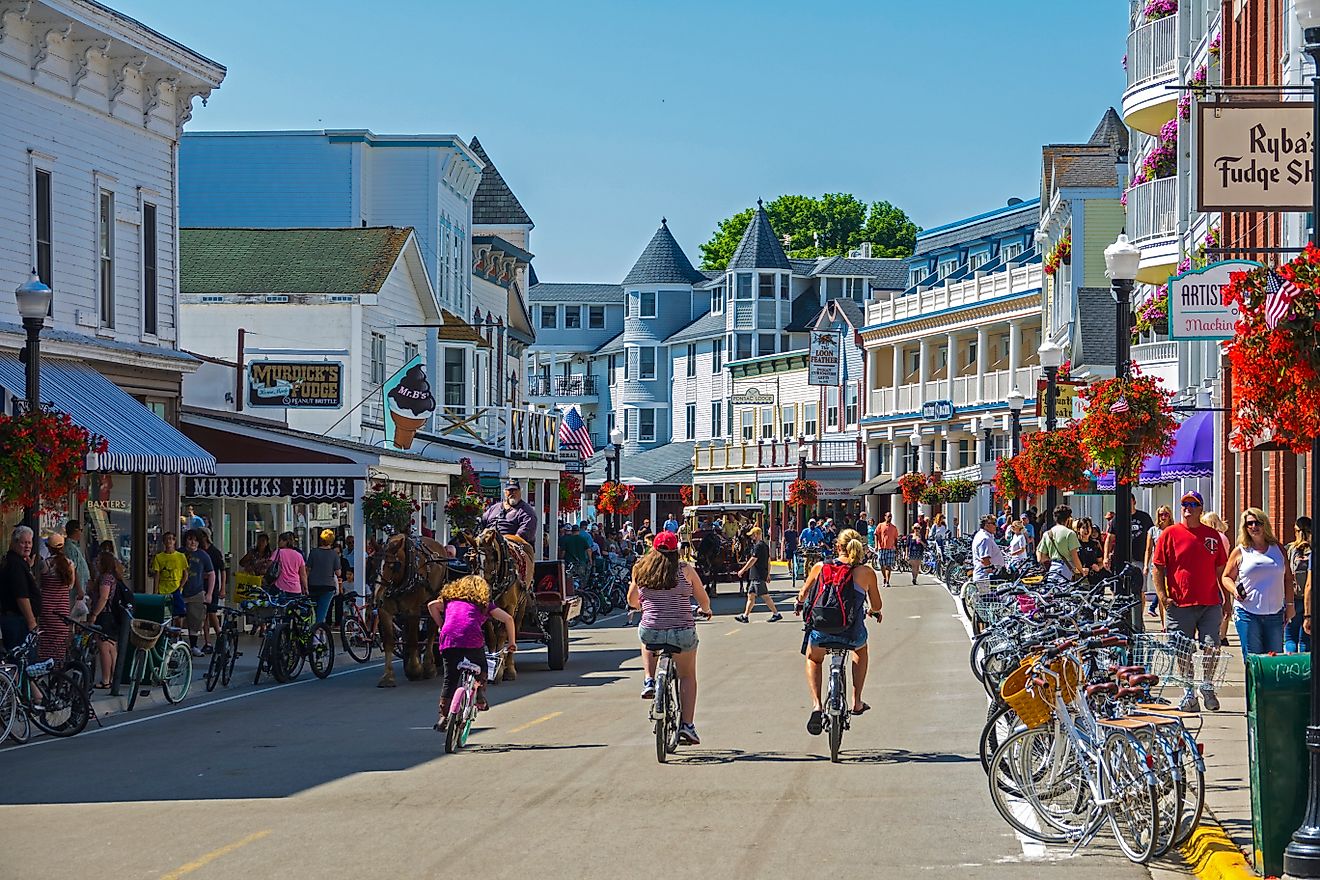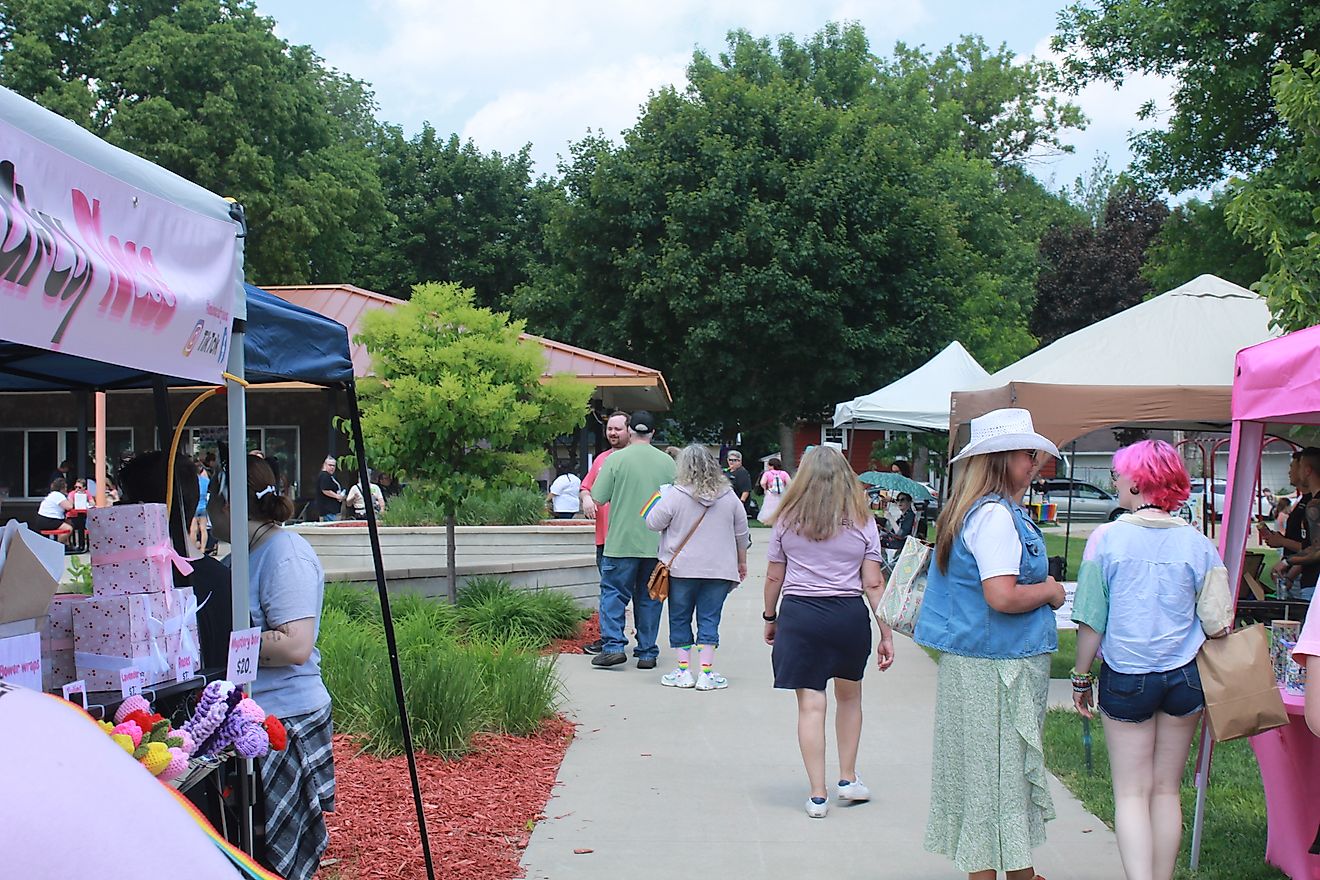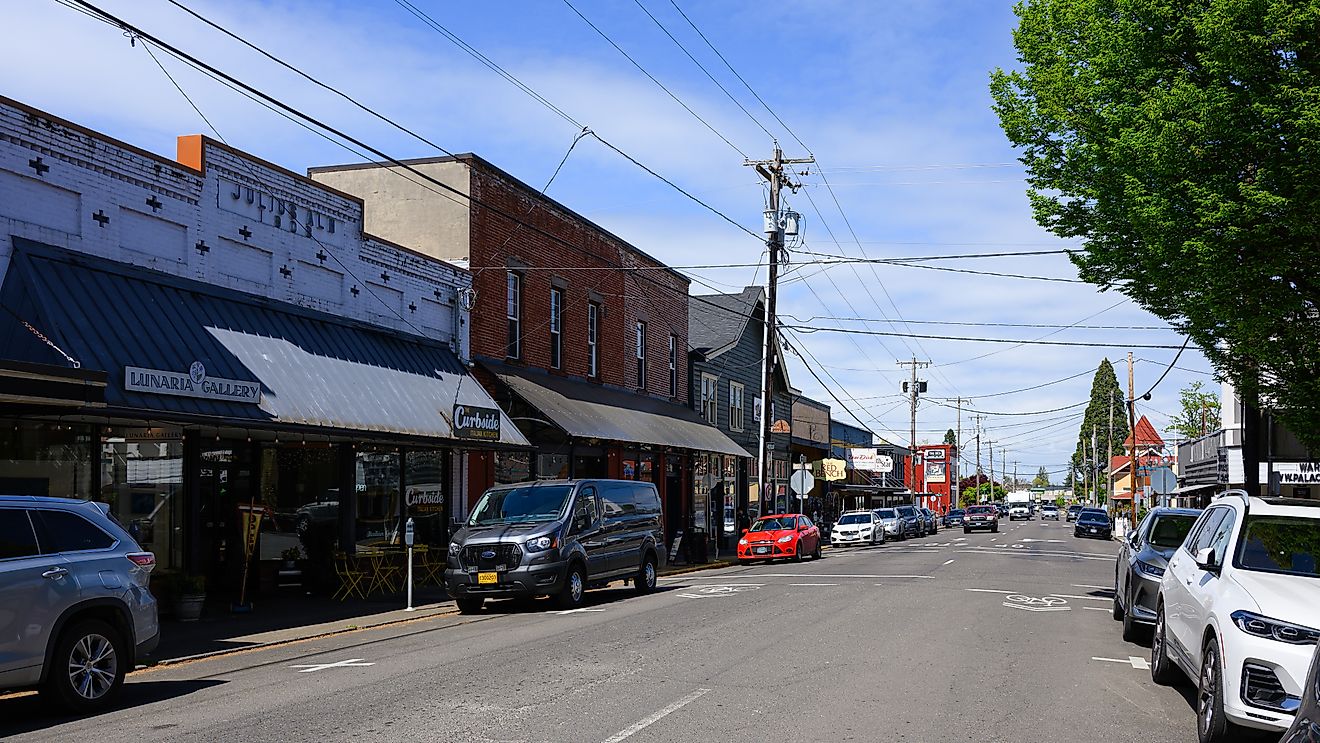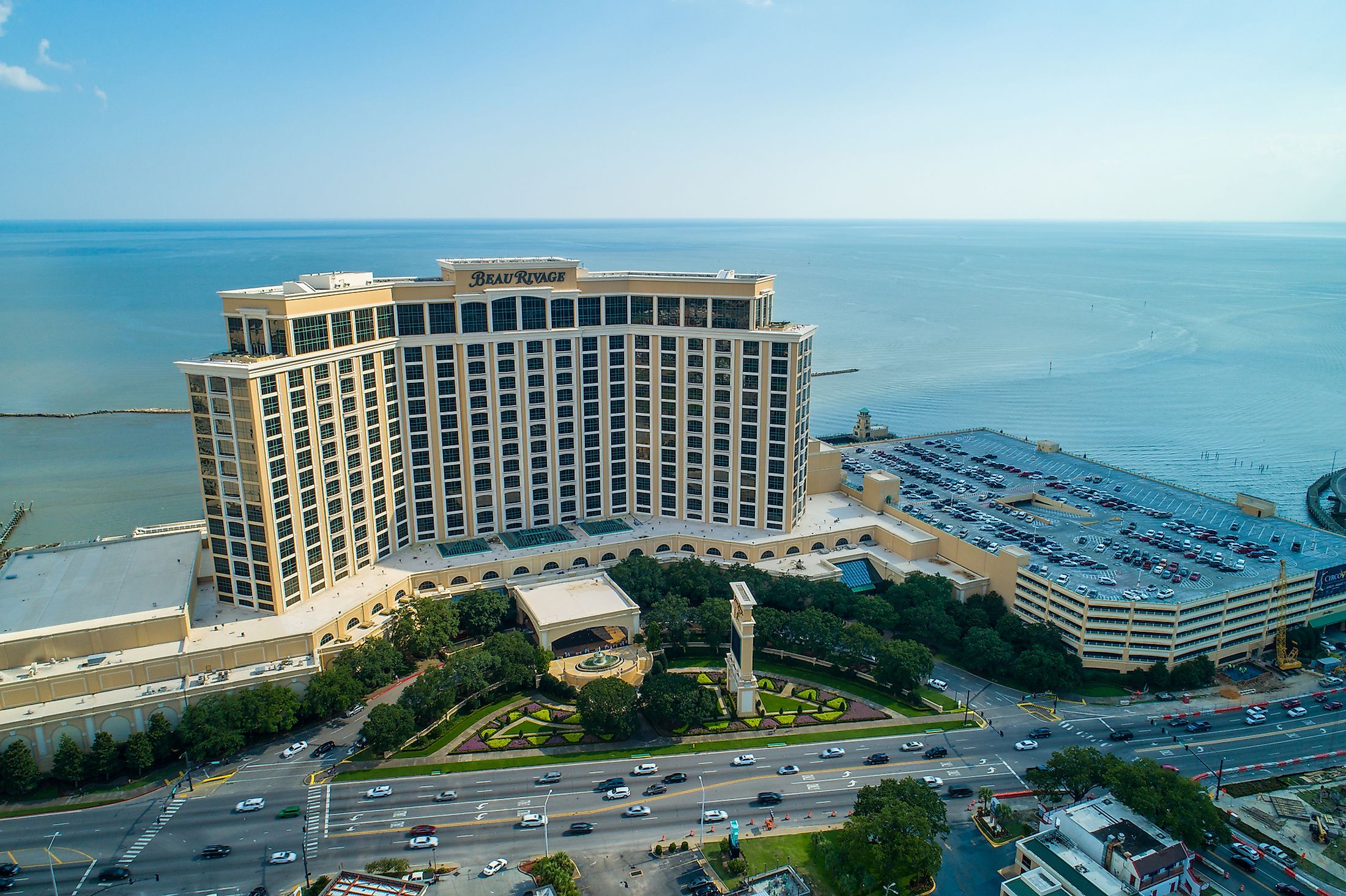
Biloxi, Mississippi
Biloxi is a city in Harrison County, Mississippi, on the Gulf Coast of the United States. It is a beachfront city, which sits directly on the Mississippi Sound, and is protected by barrier islands in the Gulf of Mexico. The city has a population of roughly 46,000 people and is part of the Gulfport-Biloxi metropolitan area.
History Of Biloxi
French colonists were the first colonials to settle in the area in 1699. They established a village in Fort Maurepas in an area known then as French Louisiana. The settlement was known as 'Old Biloxi.' The word Biloxi itself was a transliteration, Bilocci, of the indigenous people who were local to the area.
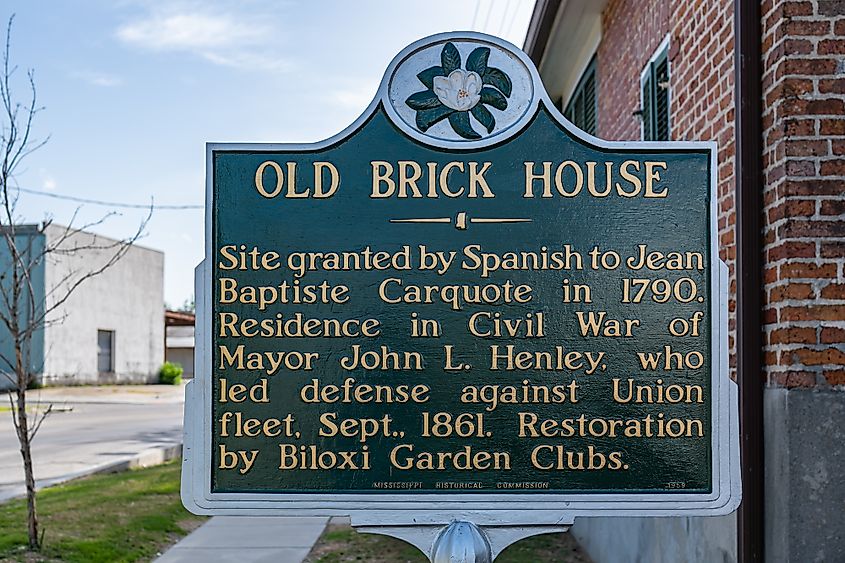
In 1720 the area in what is current Biloxi was settled and became the capital of French Louisiana. This capital was again moved in 1722 since there was a fear that its position on the gulf would make it susceptible to hurricanes and tropical storms.
In 1763, the Seven Years War resulted in the French rule in the area being ceded to English and Spanish rulers, with Biloxi falling under British rule until 1779 and Spanish from that point until 1810. It wasn't until the Mississippi treaty of 1811 that Biloxi fell under American power, and Mississippi became an official state in 1817.
Through much of the 18th century, the city began to grow and prosper as a summer and beach resort town. This growth only increased in the post-antebellum era and with the addition of a railroad. World War II brought a huge boom to the economy of Biloxi with the addition of the Keesler Air Force Base.
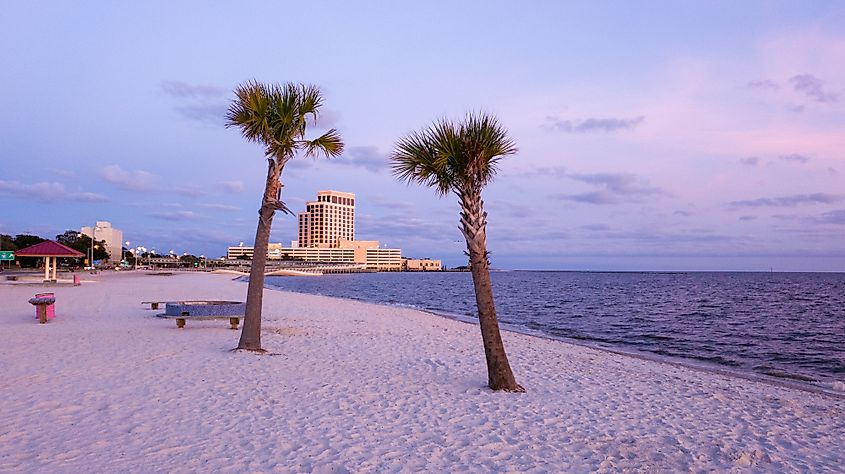
In 1959, an important civil battle was fought. Following an incident where several black individuals were asked to leave the waters at a sandy beach, protests were organized, which became known as the Biloxi Wade-Ins. The following year the worst racial riot in Mississippi history occurred, resulting in the death of ten individuals and ultimately the desegregation of beaches across Biloxi.
The 1960s saw Biloxi become one of the most popular summer vacation resort destinations, and the city grew again. Then in the 1990s, the legalization of gambling brought several casinos and hotels to the area, and it became one of the leading gambling destinations. Money flowed into the city, and the area prospered. Today, tourism and a strong seafood industry are the primary sources of income for the city.
Attractions In Biloxi
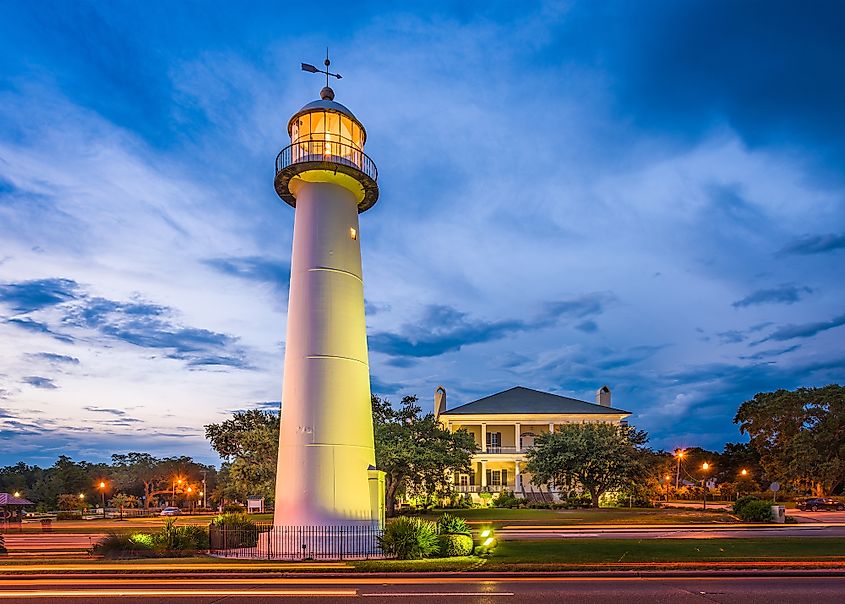
Gambling remains a popular attraction in Biloxi, and there are eight major gambling hotels and casinos in the city: Beau Rivage Resort & Casino Golden Nugget Biloxi, Hard Rock Hotel & Casino, Harrah's Gulf Coast, IP Casino Resort & Spa, Palace Casino Resort, Boomtown Casino and Treasure Bay Casino.
There is also a strong art and cultural scene in Biloxi. Notable attractions are the Ohr-O'Keefe Museum Of Art, the Beauvoir historic site, the beaches and Biloxi Bay bridge, the Maritime and Seafood Industry Museum, and the Hurricane Katrina memorial. The Biloxi Lighthouse was completed in 1848 and is one of only two remaining on the Mississippi Gulf Coast.
Climate And Hurricanes In Biloxi
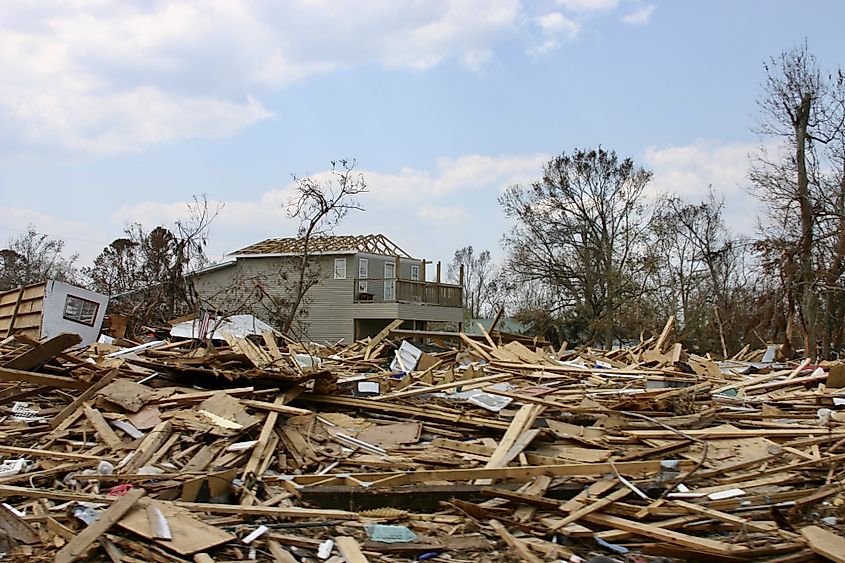
The climate in Biloxi is humid and subtropical. In combination with this climate, the city's location along the Gulf of Mexico makes it particularly susceptible to tropical storms and hurricanes. Winters are mild and wet, while summers are hot and humid. Tropical storm season falls from late summer to early fall.
A huge number of hurricanes have hit the Mississippi Gulf Coast throughout history, notably in 1855, 1906, 1909, 1947, 1969. Before Hurricane Katrina hit, Biloxi was the third-largest city in Mississippi, with Jackson and Gulfport being larger. However, the destruction and flood damage was so much, and there were so many refugees and evacuees that the population dropped significantly, and Biloxi became the fifth largest in the state.
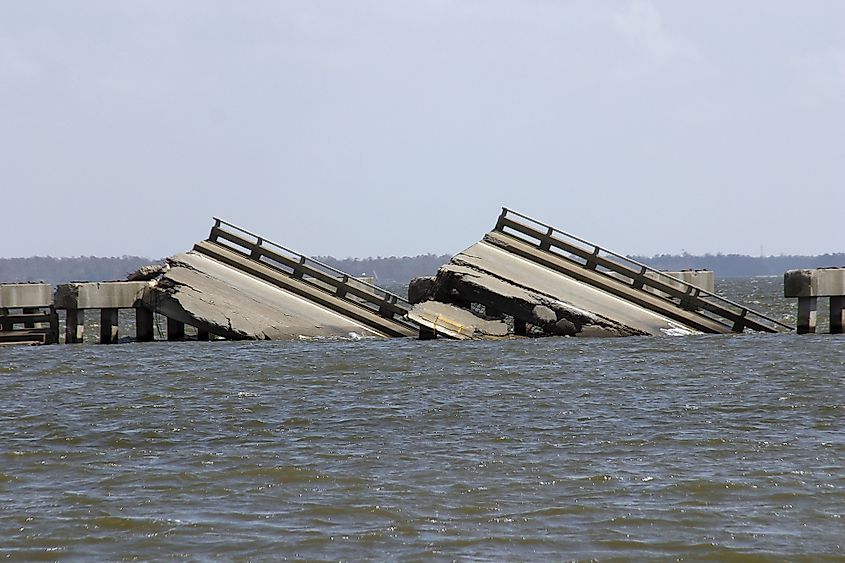
Katrina had high winds and heavy rains and an extremely high storm surge that measured roughly 9 meters in height. It hit on August 29, 2005, and wiped out roughly 90% of the coastline of Biloxi and Gulfport. The storm winds lasted for 17 hours and caused extreme damage to the city, including 53 fatalities.
